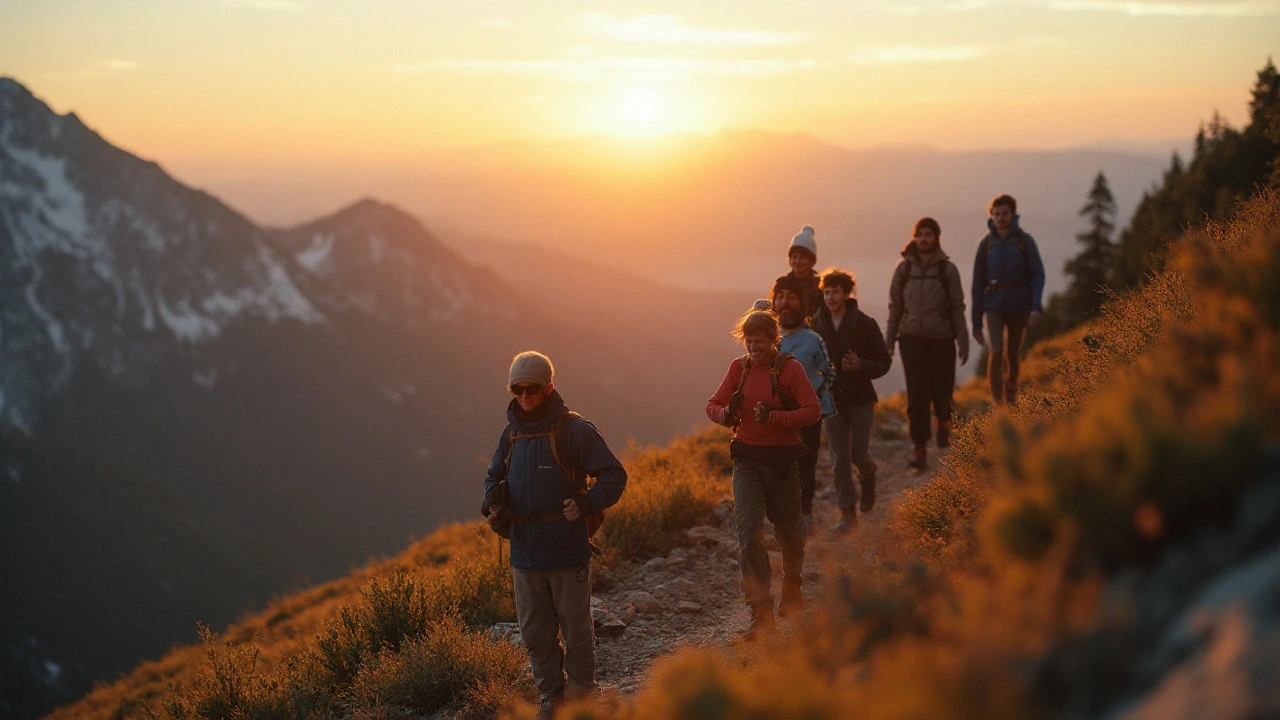Mountain Sickness: Quick Guide to Recognize, Prevent & Treat
Ever felt a headache, shortness of breath, or nausea after a short hike up a mountain? That could be mountain sickness, also called altitude illness. It happens when your body can’t get enough oxygen at higher elevations. The good news? Most cases are mild and can be fixed with a few simple steps.
Common Symptoms & Stages
Mountain sickness usually shows up 6‑24 hours after you reach a new altitude. The early stage, called Acute Mountain Sickness (AMS), brings a pounding headache, loss of appetite, dizziness, and trouble sleeping. If you ignore these signs, the condition can worsen into High‑Altitude Cerebral Edema (HACE) or High‑Altitude Pulmonary Edema (HAPE). HACE makes you confused, unsteady, and may cause vomiting, while HAPE gives you a tight chest, coughing, and rapid breathing.
The key is to catch AMS early. A quick self‑check is the “Lake Louise” score: rate headache, nausea, fatigue, dizziness, and sleep quality on a scale of 0‑3. A total score of 3 or more means you’re likely dealing with AMS and should act fast.
How to Stay Safe at High Altitudes
Acclimatization is the cornerstone of prevention. Ascend slowly—no more than 1,000 feet (300 meters) gain per day once you’re above 8,000 feet (2,500 meters). If you need to go higher, take a rest day every 2‑3 days. Hydration matters, too; drink plenty of water but avoid alcohol and caffeine, which can dehydrate you.
Sometimes the body needs a little medical help. Over‑the‑counter acetazolamide (Diamox) can speed up acclimatization if you start it a day before climbing. A low dose of ibuprofen or paracetamol can tame headaches, but never ignore a fever or worsening shortness of breath.
If symptoms get worse, the safest move is to descend. Even a 1,000‑foot drop can bring relief. You don’t have to go all the way back to sea level—just get to a lower altitude where you feel better, then reassess.
Other practical tips: eat a high‑carb diet, keep warm, and pace yourself. Using a pulse oximeter helps you see how much oxygen your blood is carrying; aim for readings above 90%.
Remember, mountain sickness isn’t a sign of weakness. It’s a normal response to lower oxygen levels, and with the right preparation you can keep it from ruining your adventure.
So before you strap on those boots, check the weather, plan gradual climbs, stay hydrated, and keep an eye on your body. When you follow these steps, you’ll enjoy the view from the summit without the nasty side effects of altitude illness.

How to Train Your Body to Resist Mountain Sickness (AMS)
Learn proven training, nutrition, and monitoring techniques to prepare your body for high altitudes and reduce the risk of acute mountain sickness.





